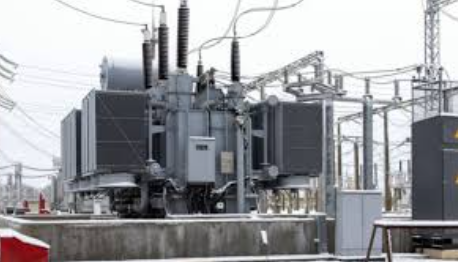
Electrical transformers are vital components in power distribution systems, and their longevity is crucial for uninterrupted operations. Proper maintenance is key to maximizing their lifespan and performance. Here are some essential tips:
Regular Inspections
- Visual inspections: Check for signs of damage, leaks, overheating, or abnormal noise.
- Oil level checks: Monitor the oil level in oil-filled transformers to prevent overheating and insulation breakdown.
- Temperature monitoring: Regularly check the transformer’s temperature to ensure it’s operating within safe limits.
- Vibration analysis: Detect potential mechanical issues through vibration monitoring.
Oil Care (for oil-filled transformers)
- Oil quality testing: Conduct periodic tests to check for contaminants, moisture, and dielectric strength.
- Oil filtration: Filter the oil to remove impurities and maintain its insulating properties.
- Oil level maintenance: Regularly check and maintain the oil level to prevent overheating and insulation failure.
Load Management
- Avoid overloading: Operate the transformer within its rated capacity to prevent premature aging.
- Load balancing: Distribute loads evenly across the transformer phases to minimize stress.
Environmental Factors
- Ventilation: Ensure proper ventilation to prevent overheating.
- Protection from elements: Shield the transformer from exposure to extreme weather conditions.
Professional Maintenance
- Regular servicing: Schedule professional inspections and maintenance by qualified technicians.
- Preventive maintenance: Implement a preventive maintenance program to address potential issues before they become critical.
Signs Your Transformer Needs Replacing
Regular maintenance is crucial for transformer longevity, but sometimes, replacement becomes necessary. Here are key indicators that it’s time to consider a new transformer:
Performance Issues
- Frequent breakdowns: Repeated failures despite repairs suggest a transformer nearing the end of its life.
- Overheating: Persistent overheating, even after maintenance, can indicate internal damage.
- Reduced efficiency: A significant drop in efficiency leads to increased energy costs and potential operational issues.
- Inconsistent voltage output: Fluctuations in voltage can harm connected equipment.
Physical Signs of Deterioration
- Visible damage: Cracks, leaks, or physical damage to the transformer’s casing or components.
- Excessive noise: Unusual sounds like buzzing, humming, or banging can signal internal problems.
- Oil leaks: Continuous oil leaks indicate potential internal damage and require immediate attention.
Age and Wear
- End of lifespan: Most transformers have a lifespan of 20-40 years. Units approaching this age are at higher risk of failure.
- Obsolete technology: Older transformers might lack modern features like improved efficiency or safety standards.
By following these guidelines and working with qualified professionals, you can significantly extend the lifespan of your electrical transformer, ensuring reliable power supply and minimizing costly repairs.
Remember: Early detection and intervention are key to preventing major problems.
This post was written by a professional at Electrical Transformer Buyers. As a premier destination for buying and selling electrical transformers, https://electricaltransformers.com/ is your go-to partner in the industry. Backed by years of experience and a team of highly skilled professionals, we are committed to providing comprehensive solutions for all your electrical transformer needs.